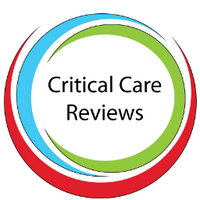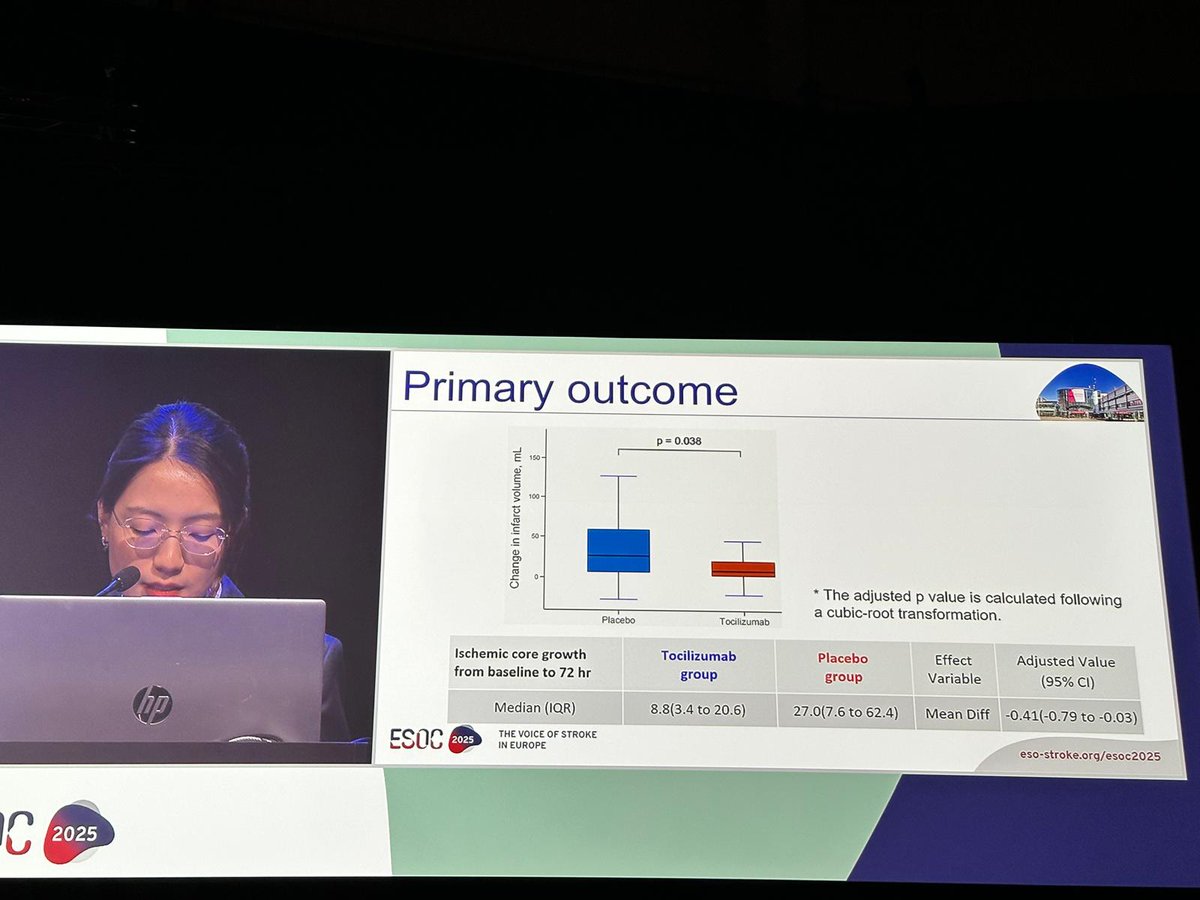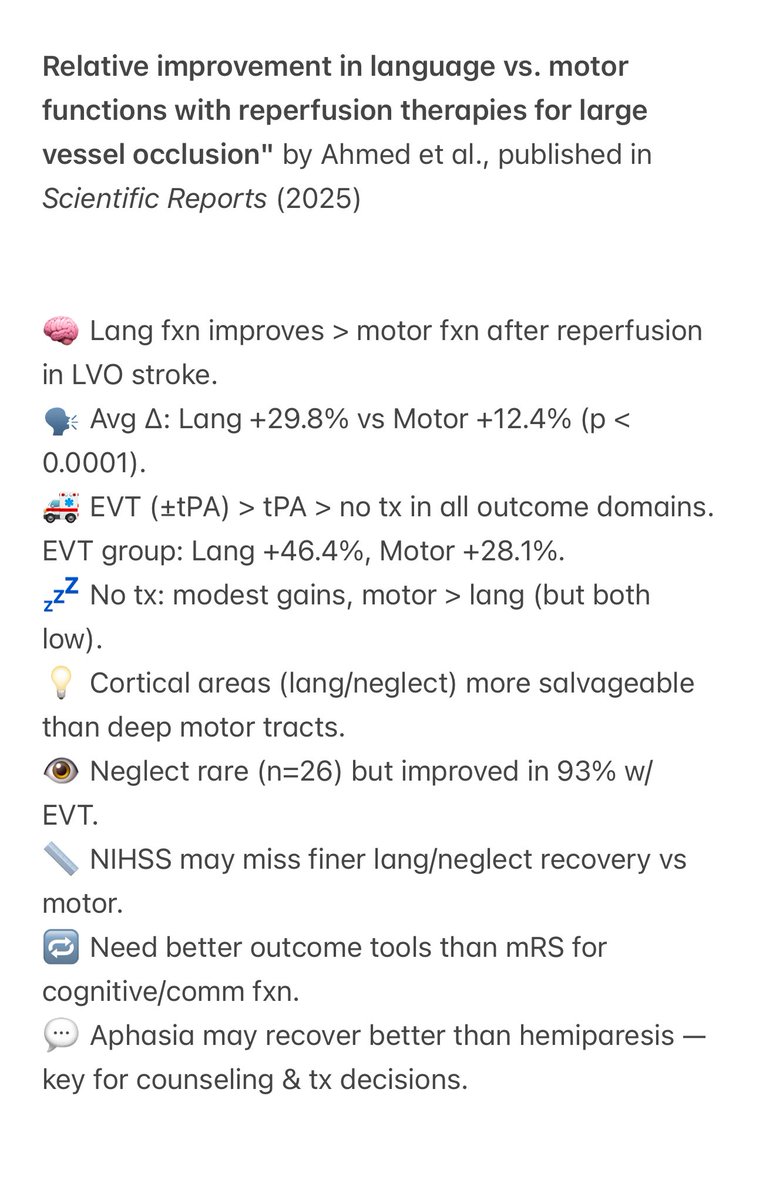
Junaid Ansari
@juneuromd
Neurocritical Care @hopkinsmedicine | BC Neurologist | Neuroendovascular | Thromboinflammation | Endurance Runner 🏃♂️ | Views my own, not medical advice
ID: 150605320
https://www.ncbi.nlm.nih.gov/myncbi/1vK6Alip7LU5H/bibliography/public/ 01-06-2010 10:31:07
7,7K Tweet
8,8K Followers
499 Following
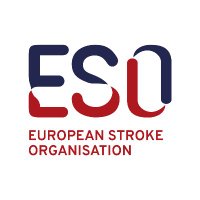
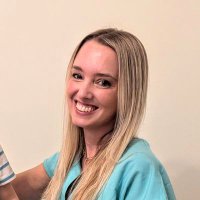
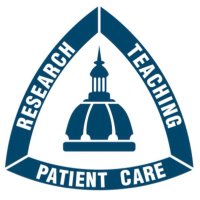
Wondering how to find the right mentor? Or mentoring mentees? Join @hopkinsNCCU division chief Dr. Suarez and co-panelists Dr. Wahlster, Dan Harrison, MD at this SCCM roundtable on navigating mentor-mentee relationships! Co-moderated by our own Vishank Shah, MD and Dr. Sahar Zafar!
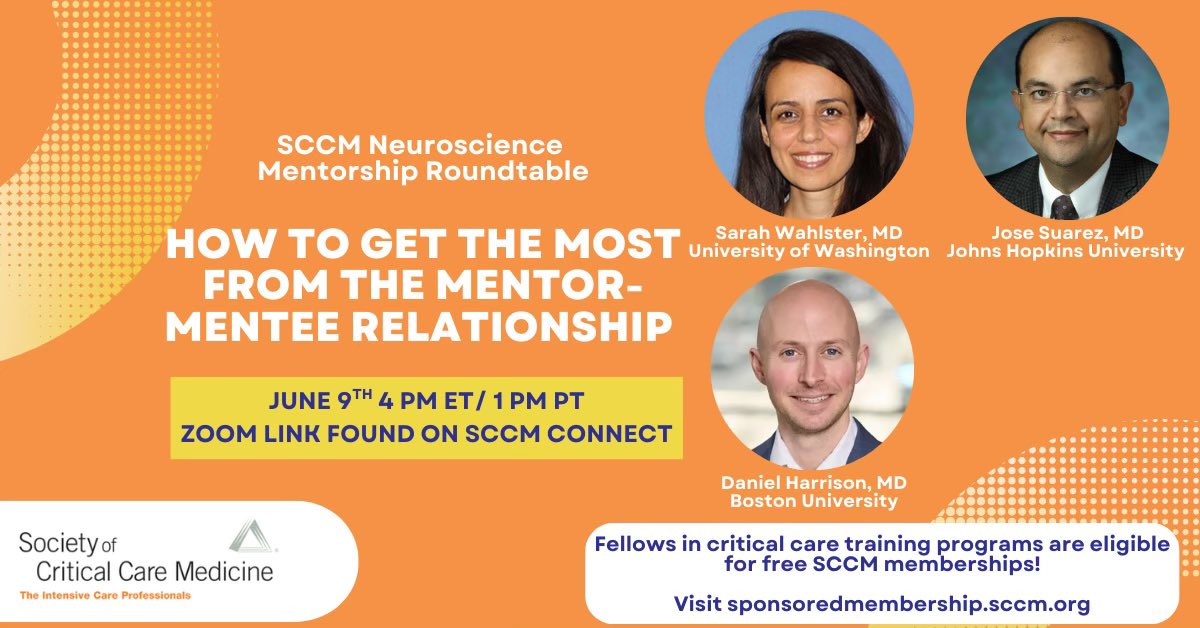

For #StrokeAwarenessMonth, I’m joining SVIN #AllHandsIn Challenge. I tried putting on my white coat with my non-dominant hand and I couldn’t even finish. This is just a glimpse of what stroke survivors may face every day. #BEFAST Johns Hopkins Neurosciences Critical Care Johns Hopkins Medicine
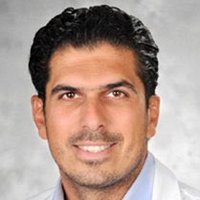
Every 10 mg/dL ⬇️ in LDL for patients with ICAD stroke has 9% ⬇️ rates of recurrent stroke or MI. this theoretical framework suggests that PCSK9i can help achieve this. We need PCSK-9i trials in ICAD Jim Siegler (@jimsieglermd.bsky.social now) Tareq Kass-Hout Malik Ghannam Seemant Chaturvedi neurology.org/doi/10.1212/WN…
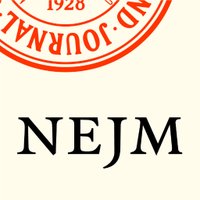
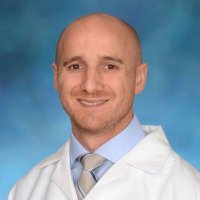
It is getting harder and harder to justify intensive BP lowering after thrombolysis or thrombectomy. In this secondary analysis of ENCHANTED (thrombolysis) no decreased edema for SBP 130-140 compared to < 180. Stroke AHA/ASA ahajournals.org/doi/full/10.11…




Absent pupillary reactivity does not preclude good outcome after #OHCA. Among those with absent reactivity, pupil dilatation (>4mm) suggests increased chance of progressing to brain death. Yale Neurocritical Care Resuscitation sciencedirect.com/science/articl…



